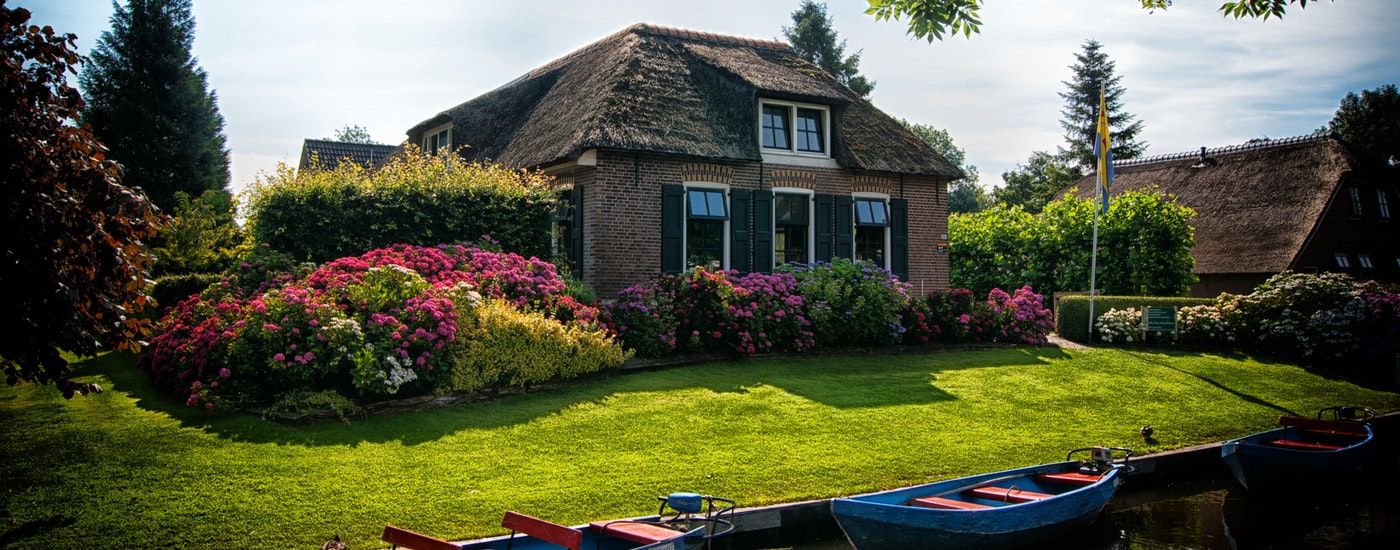June 13, 2019
Do you want to know what Landscape Architecture is and why has this term become so fashionable? Well, here, we will tell you!
Landscape Architecture, as an object of study, aims to provide cities with greater identity and respect for the environment.
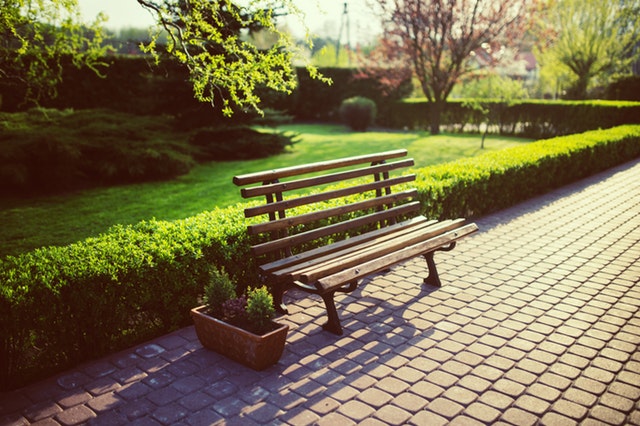 |
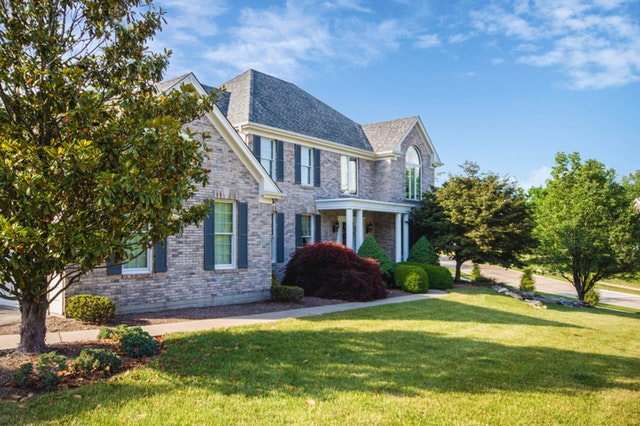 |
Landscaping or landscape architecture is the art of projecting, planning, designing, conserving, and rehabilitating public spaces. Within the scope of this profession, architectural design, environmental restoration, urban design, residential development, as well as the planning of parks and recreation spaces are included. It is necessary to use the appearance, the present size and the future size, as well as the scale of the vegetation as attributes that can print quality to the space, the size of a tree or an area is relative, it can be large or small depending in front of the object that is compared is compared. The size also depends on the distance between the object and the observer; this is where the scale takes its real dimension. The proportion is an essential factor in Landscape Architecture because, through the management of heights, width, and depth we will provide quality spaces to our community, the texture and color of the materials are used to give visual harmony to an area, while the hierarchy is useful to get size ranges. In cases where the authority of the sizes of the spaces results from a sequence of spaces that change progressively, some will have to be emphasized so that they become dominant.
Vegetation selection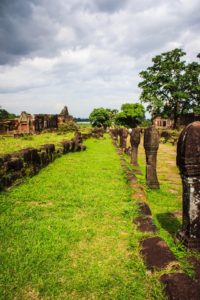
The vegetation of the projects in Landscape Architecture should be selected based on:
- The hardness Resistance to temperature, precipitation and soil types, tolerance to urban conditions as well as to the characteristics of shade and light filtration.
- Form and structure. Height and time of maturity or growth, structure in terms of branches. Shade characteristics and light filtration.
- The foliage, the flowers, and the fruits. Form, size, texture, and color of the foliage.
Use of trees
It is recommended for the management of trees in open spaces, especially in the following purposes:
- To relate buildings to the site or other nearby buildings.
- To demarcate borders and areas.
- To protect from wind, dust, sun, and noise.
- To direct pedestrian circulation
Space
When doing an urban project or Landscape Architecture we must provide a sense of direction, creating a sense of mobility in the user and stimulating it to move in the space, it is convenient to frame those views that we think are convenient, drawing your attention, such as er an access or essential element within the area. It is advisable to contain, creating the sensation in the observer of being in a small area that is part of others and not in a space too large.
Barriers and limits
The vegetation should be used to propitiate visual limits to the outer space, using mainly the following resources:
- The effect of horizontality in the sky using trees whose stem is tall and whose foliage forms a green vault.
- The effect of verticality using trees with a short stem and dense foliage, delimiting the exterior spaces.
It is necessary to use the vegetation as a screen that visually blocks those elements that we consider can visually contaminate our space, with this we can project a visual control of the landscape through the direction of the view. It can be used in various ways to hide waste areas, services, construction activities, storage areas, parking, industries, electricity, etc.
Climatic factors
- Sundown. The vegetation should be used to clarify the extreme sunny conditions; it is necessary to intercept the excessive sunlight by obstructing it, using plants with dense foliage or multiple layers of vegetation.
- Rain. Trees, shrubs, and grasses should be used to control soil erosion. The action of the rain is usually the cause of the loss of the earth or its coating. Erosion control can be carried out utilizing roots, which when fibrous and superficial become more effective through the trunk bark, which when it is rough, presents the quality of diminishing the runoff of water.
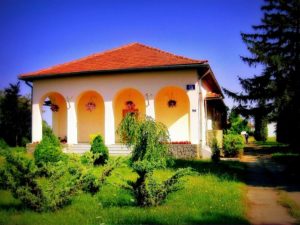 The use of vegetation in Landscape Architecture as windbreaks to reduce the damage caused by the wind, we can find in the proportion of the height of the plants. The use of leaves and dense foliage as barriers can be useful to control the movement of the air as well as the use of the trunks in high quantity and proximity help to reduce the speed of the wind. The vegetation should be used to emphasize or clarify aspects of interest in the relief of the land looking for a specific spatial intention. By attenuating the different reliefs with the vegetation, an effect of continuity is created in the space; it is very convenient to consider the topography as a natural resource of the landscape to frame views, provide privacy and make the surfaces of the land appear fluid and unobstructed.
The use of vegetation in Landscape Architecture as windbreaks to reduce the damage caused by the wind, we can find in the proportion of the height of the plants. The use of leaves and dense foliage as barriers can be useful to control the movement of the air as well as the use of the trunks in high quantity and proximity help to reduce the speed of the wind. The vegetation should be used to emphasize or clarify aspects of interest in the relief of the land looking for a specific spatial intention. By attenuating the different reliefs with the vegetation, an effect of continuity is created in the space; it is very convenient to consider the topography as a natural resource of the landscape to frame views, provide privacy and make the surfaces of the land appear fluid and unobstructed.
Well, friends, as you can see, these tips can be constructive if you are going to design your own public space or urban equipment. Landscape Architecture is quite essential and increasingly becomes more relevant. So far this first article of the day hoping that it has been to your liking, for more content like this remember to enter http://www.balboacourt.com/ and I invite you as always to join the blogging community on social networks, I send a greeting and we read later.
June 13, 2019
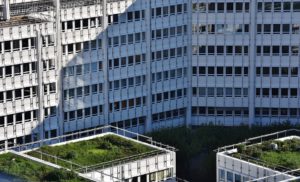 They help to keep houses thermally insulated, save energy, reduce noise and are also beautiful; but at the same time they are expensive and sometimes difficult to maintain. Can this technology become popular?
They help to keep houses thermally insulated, save energy, reduce noise and are also beautiful; but at the same time they are expensive and sometimes difficult to maintain. Can this technology become popular?
The green roofs are beautiful. It is enough to stop to spend images on Google to glimpse the beauty, freshness and solace that these true gardens of height are able to contribute to that sea of cement that tend to be the big cities. We speak of those constructive systems that allow certain vegetation to grow on top of houses and buildings, in principle to optimize the thermal performance of that structure, but also to reduce noise, improve oxygen levels and provide biodiversity. There are so many Roofing Companies who provide green roofs.
“It is estimated that by 2025, 60 percent of the population will be urban. And by then we will have to design a thought that does not have to do simply with making the best out of every square meter. According to the expert, in cities such as Panama, the surface planted by another raincoat has been changed at an unusual speed, so what is now necessary is to find a way to reintroduce vegetation to mitigate the “island of heat” effect, avoid floods and reduce pollution. “65% of the electrical consumption of a building is used to heat, cool, and light. And plants have that wonderful ability to turn sunlight into energy and carbon dioxide into oxygen to create the microclimate they need to survive. But only a green roof will not do the job. We must achieve critical mass, “he said during his presentation.
German architect and engineer GernotMinke, who observes that after a big storm the green roofs -some of them- can play a crucial role in retaining the water that will drain a few hours later, is expressed in the same line. “That’s why for a city it can be a huge advantage to have a lot of green roofs.”
There are many constructive systems of green roofs, but what they basically need is a minimum of substrate and then several layers of different materials that serve to absorb water, filter it, drain it and protect the roof of the roots, in addition, of course, to waterproof it correctly. Then you can plant different species – from grass to flowers, and even trees – although always bearing in mind that usually they are usually exposed to quite extreme conditions of wind and sun. Another key issue is that you have to evaluate the building structure with an architect or engineer to know if the installation is viable (the square meter of green roof saturated with water can weigh between 35 and 180 kilos), and depending on the climate can reach require more or less irrigation.
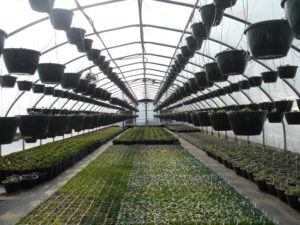 Hence, the costs can be high, including imported materials. That is why – beyond the undeniable advantages – it is also possible to ask whether it is practicable to promote a solution that requires huge investments by the citizens themselves instead of others who (in the case of planting more trees) could fall back on the actions of the State.
Hence, the costs can be high, including imported materials. That is why – beyond the undeniable advantages – it is also possible to ask whether it is practicable to promote a solution that requires huge investments by the citizens themselves instead of others who (in the case of planting more trees) could fall back on the actions of the State.
For Martin Almina, an industrial engineer and part of the civil association More Oxygen, “sustainability, like it or not, starts many times in a sector of society that has the time and money to think of an alternative to traditional systems, that does not mean that green roofs have to be a rich thing. ” According to the professional it does not seem reasonable that they are bringing materials from Europe to build these systems, since they could be thinking about cheaper options from Argentina, however, the fact of putting a green roof is still a technically good solution. “It is only necessary that the technology be popularized so that there are more suppliers, more alternatives and the service becomes cheaper”, he assures.
“Maybe you do not need to put a green roof properly,” he adds. If someone has a terrace and underneath a house in which it is very hot in the summer and it is very cold in the winter, just filling the space with plants means that the temperature will fade, “he explains. retains the heat in winter while during the summer months the leaves contribute to generate a cooling effect. “What interests me is to transmit that concept,” he concludes, “so that anyone can put it into practice.”
June 13, 2019
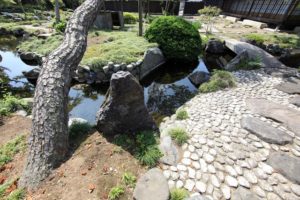 The traditional Japanese garden is full of sacred elements, and every blade of grass is in place. It is a complex sign system that has been formed over the centuries. The initiate can read it as a book.
The traditional Japanese garden is full of sacred elements, and every blade of grass is in place. It is a complex sign system that has been formed over the centuries. The initiate can read it as a book.
- Laconism and asymmetry. You know, the Japanese consider that symmetry is the death of beauty.
- Attention to the smallest details, nothing superfluous or accidental. Discreet beauty, full of deep philosophical and poetic meaning.
- The garden should be beautiful at any time of the year, therefore, perennial coniferous plants predominate in it.
- The color game is based on an abundance of shades of green. The flowering plants are few, but they are traces of expressive color in the general composition.
- Favorite plants: pine umbrella, sakura, plum, oriental maples, peonies, iris, rhododendrons and herbs.
- Crowns of trees and shrubs are often cut out in a spherical shape.
- Virtuous stones of different shapes and colors are used.
- In the garden there must be water present in the form of a pond, stream or waterfall. But a small garden can do with its imitation in the form of a dry stream or a lake of sand and stone.
Modern landscape design styles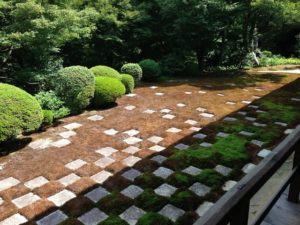
Art Nouveau in landscape design
The Art Nouveau style is relatively young, since it is only 100 years old! The modernists considered that the house and the garden were a “room car”, so everything should be convenient and without luxuries.
In the garden, in a prominent place, there is usually a sports field, tennis courts, swimming pools.
Signs of Garden Art Nouveau:
- Laconic modernist, loves geometry, but not symmetrical.
- The fences of the garden are clear and simple, usually black wrought iron.
- The roads are paved with slabs of contrasting tones that form a geometric pattern.
- Garden furniture with strict lines, wood or modern materials (plastic, aluminum).
- There are few plants, but they are very bright and expressive, they draw attention to themselves.
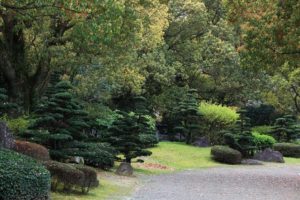 Thanks to the French artist Claude Monet, the flower of modernism is considered iris. Iridariy in Art Nouveau style is a riot of colors, refinement of forms and an incredible number of varieties. In general, the iris is surrounded by other decorative crops, which effectively shade them. Complementing the image is a pond with small rocks and pebbles in the banks.
Thanks to the French artist Claude Monet, the flower of modernism is considered iris. Iridariy in Art Nouveau style is a riot of colors, refinement of forms and an incredible number of varieties. In general, the iris is surrounded by other decorative crops, which effectively shade them. Complementing the image is a pond with small rocks and pebbles in the banks.
Landscaping in hi-tech style
Hi-Tech is the most modern and almost cosmic solution for your garden. The urbanization in combination with the laconic green plants creates an absolutely strange atmosphere. The daring high-tech solutions of this style come to replace the classic canons. If you are not afraid of daring experiments, boldly stylize your garden with the spirit of high technology!
